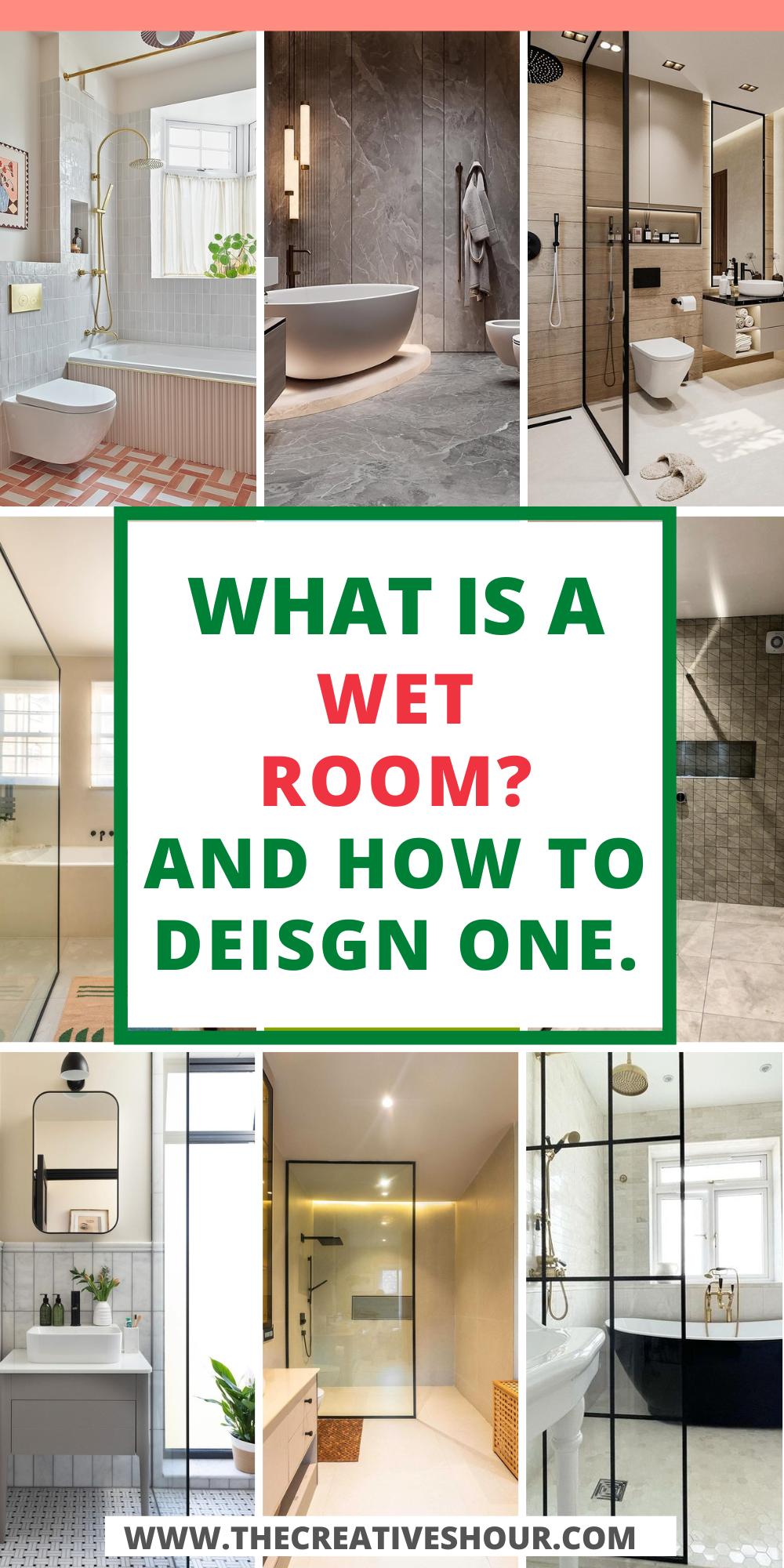
Wet room bathrooms are a modern take on bathroom design, combining style and practicality. With their open, seamless layout, they make any space feel bigger and more luxurious. Whether you have a small bathroom or want a spa-like retreat, a wet room can transform your space.
I first considered a wet room while renovating a tiny guest bathroom. Removing the usual shower tray and screens opened up the space in ways I didn’t expect. It was simple, modern, and easy to maintain—a win all around!
Many wet room bathrooms are great for small spaces, accessible for all ages, and add value to your home. If you’ve ever wanted a sleek and functional bathroom, this might be the perfect design for you.
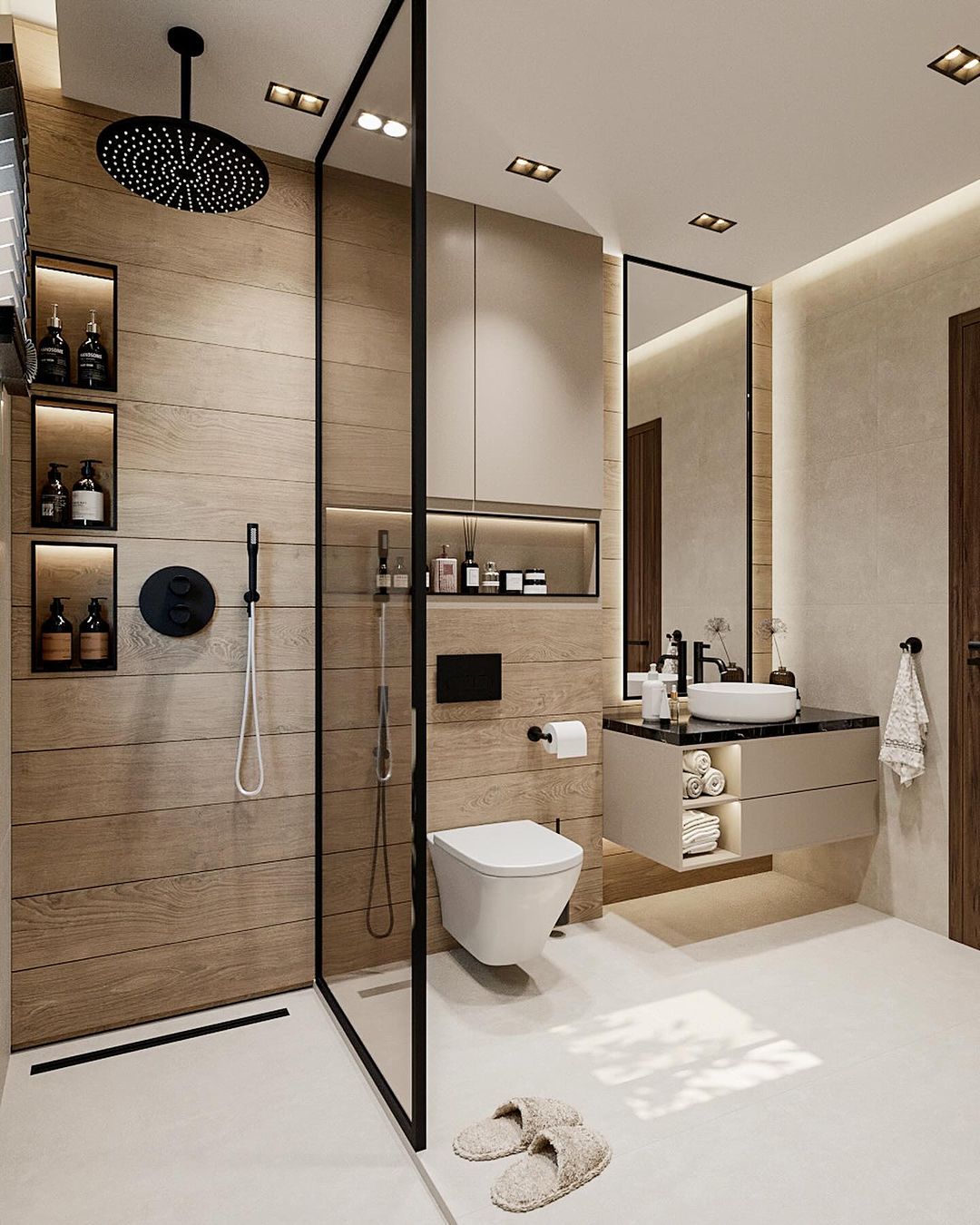
Image by home_design_studio__
So, what exactly is a wet room, and how can you create one? Let’s dive in.
What Is a Wet Room?
A wet room is a bathroom with an open design where the shower area blends seamlessly into the rest of the space. Unlike traditional bathrooms with shower trays or enclosures, a wet room is fully waterproofed, and the shower floor is slightly sloped to guide water to a drain.
Key Features of a Wet Room:
- Open Shower Area: No barriers or bulky enclosures—just a free-flowing design with walk in shower.
- Waterproofing: Walls and floors are sealed to prevent leaks and moisture damage.
- Efficient Drainage: A hidden drain keeps water flowing smoothly.
- Non-Slip Flooring: Special tiles keep the space safe and functional.
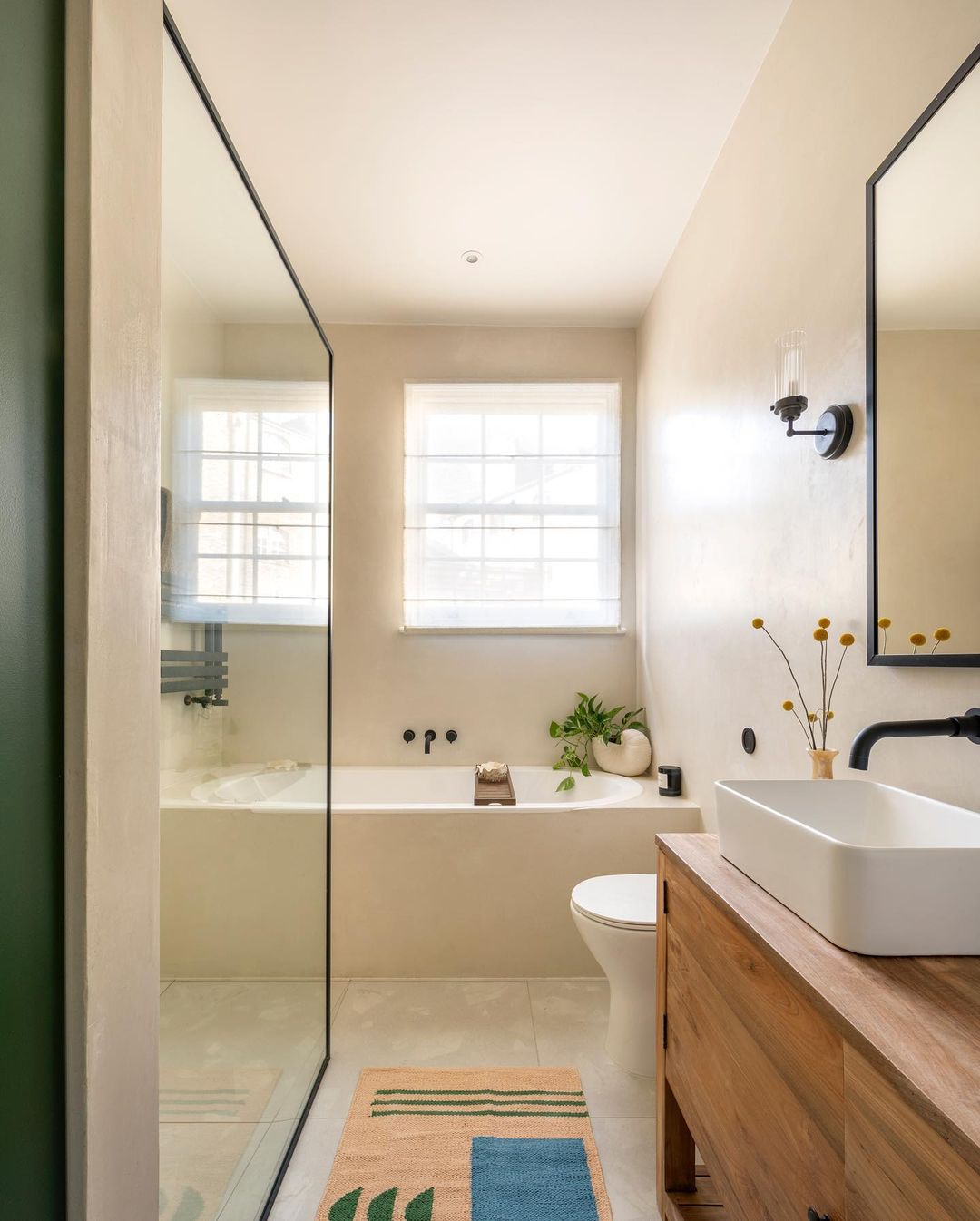
Image by ferridecs
I remember seeing a wet room for the first time at a friend’s house. Their small guest bathroom felt so open and luxurious—it was hard to believe how much space they saved by ditching the traditional shower. If you’re thinking about upgrading your bathroom, a wet room might be the perfect choice! Let’s explore how to design one next.
Sarah Sherman Samuel, Designer: “Wet rooms are luxurious of course but they have a practical application too. They are great for elderly folks and people with disabilities and they are more ‘small space friendly’ way to install a shower and a tub in a single bathroom.”
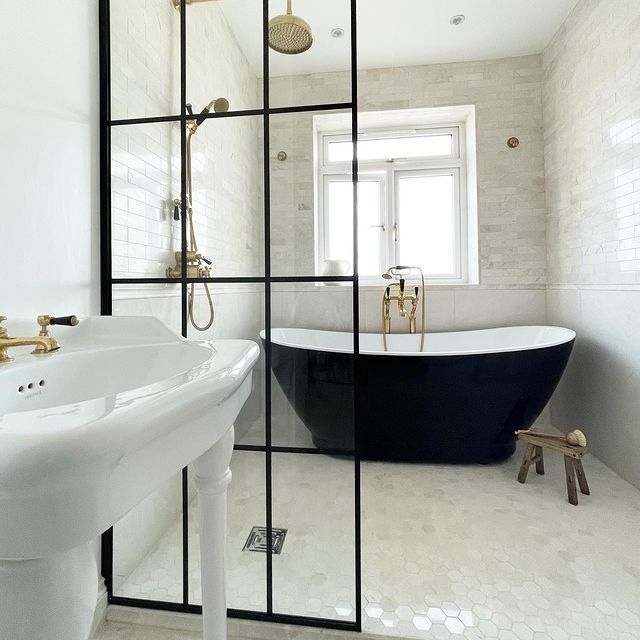
Image by loverenovate
Benefits of a Wet Room
Wet rooms aren’t just stylish—they’re practical too. Here’s why they’re such a great choice for any home:
1. Space-Saving Design
Wet rooms are perfect for small bathrooms. Without shower trays or enclosures, the space feels bigger and more open. A friend of mine transformed her tiny bathroom into a sleek, airy wet room, and it instantly felt twice the size. Plus, less clutter means easier cleaning—always a bonus!
2. Accessibility and Functionality
Wet rooms are great for everyone, especially for kids, older adults, or anyone with mobility issues. With no steps or barriers, they’re easy to use and navigate. I designed one for a relative who needed something more accessible, and it made life so much simpler. Bathrooms should be easy to use, and a wet room delivers that.
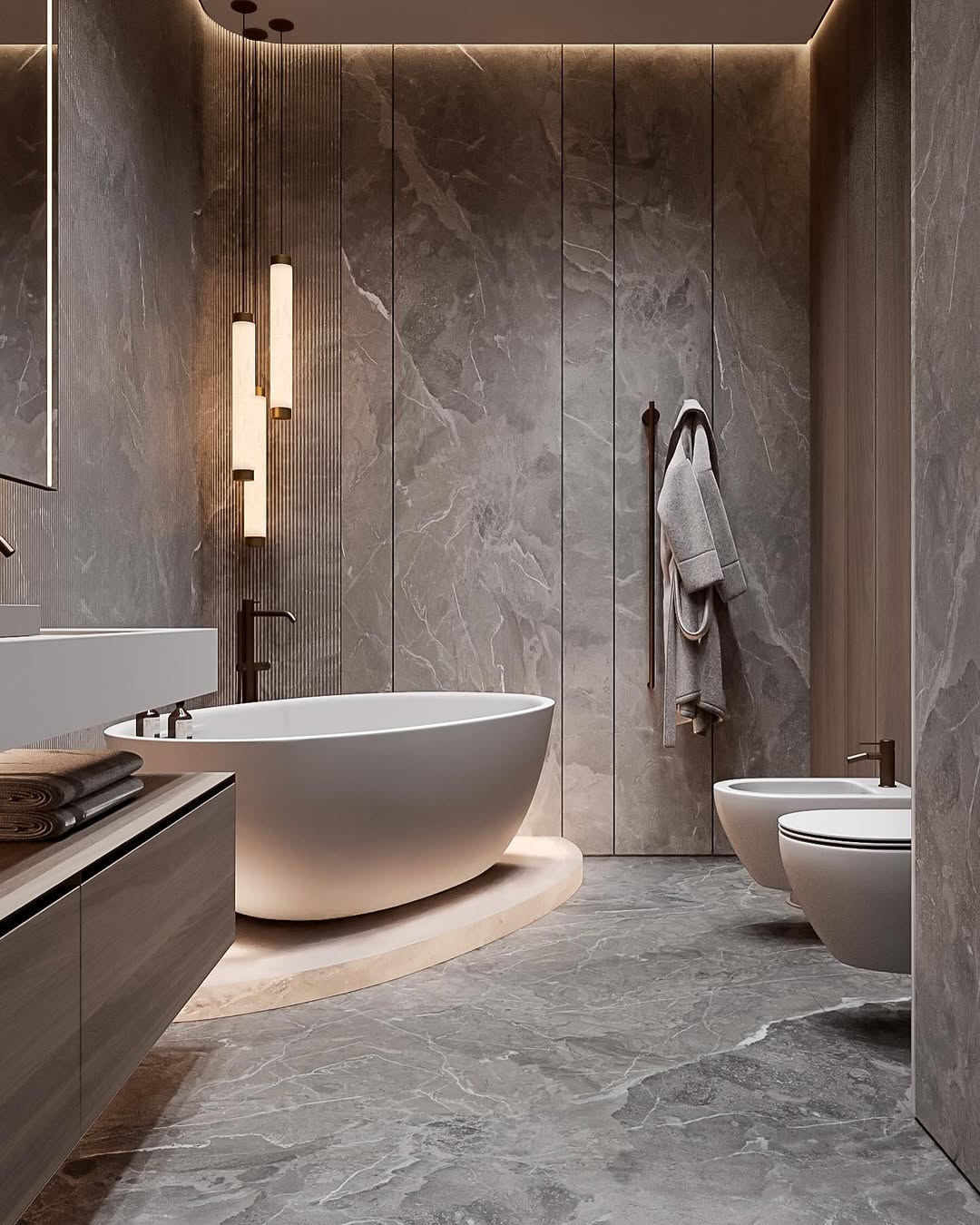
Image by maisonvalentinaa
3. Stylish and Modern
Wet rooms have a sleek, open design that feels fresh and modern. They turn even basic bathrooms into a spa-like space. You can go for a minimalist look or add bold tiles for some personality—it’s all about what works for you. Guests will definitely be impressed!
4. Adds Value to Your Home
A wet room isn’t just a great addition for now—it’s also an investment for the future. Buyers love modern bathrooms, and a well-designed wet room can increase your home’s value. It’s a win-win: a beautiful space for you and a great selling point later.
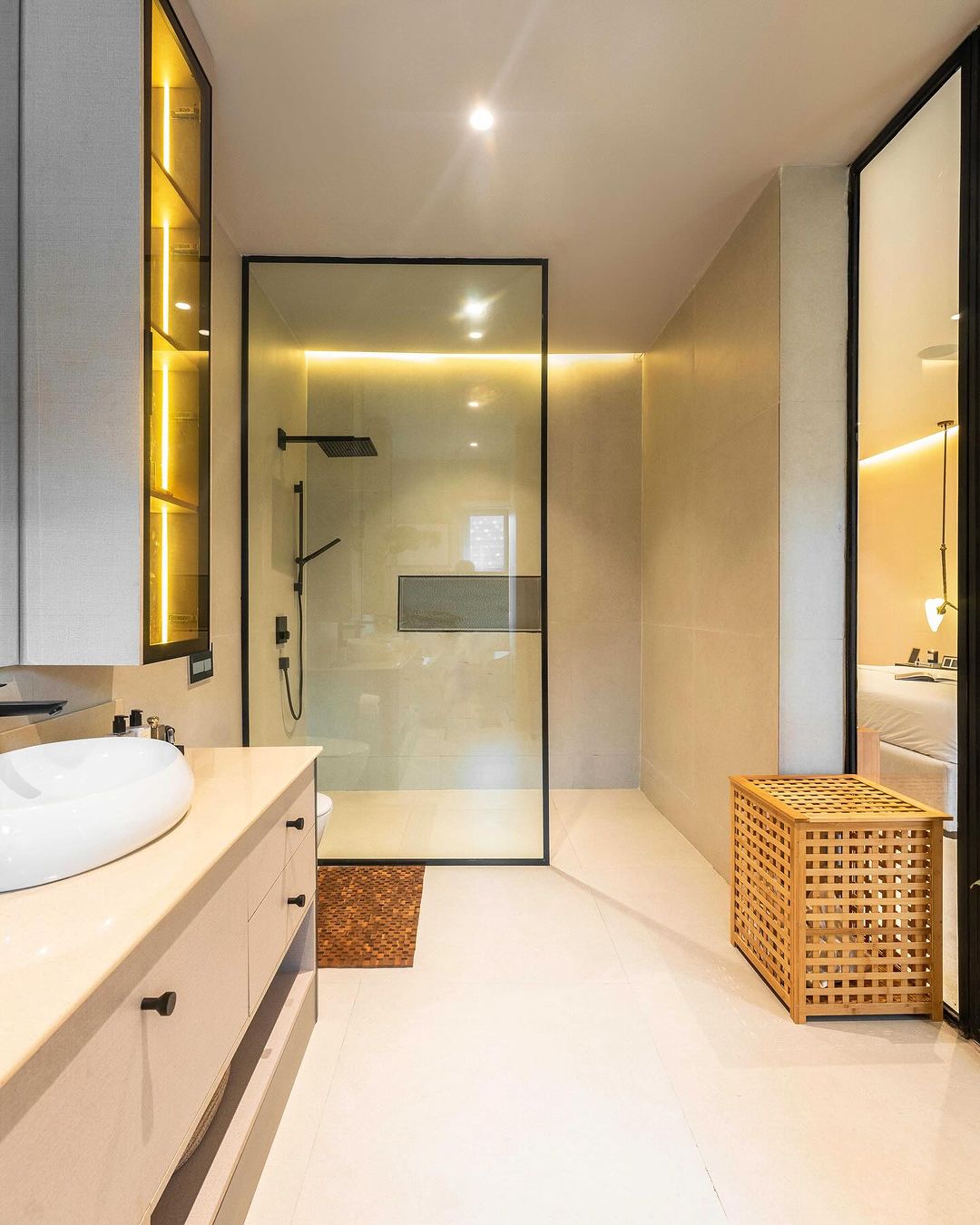
Image by designbyc.williams_
Whether you have a small space to maximize or want a modern bathroom upgrade, a wet room is worth considering. Why not turn your bathroom into a space you’ll love every day?
Steps to Design a Perfect Wet Room
Designing a wet room might feel like a big project, but breaking it into simple steps can make it much easier. Here’s how to create a stylish, functional space you’ll love.
Step 1: Plan the Layout and Size
Start by deciding where everything will go. Think about the shower placement, drainage, and any other fixtures like the toilet or sink. If your space is small, don’t worry—wet rooms are perfect for maximizing tight areas. The toilet area merges seamlessly.
When I planned my first wet room, I used masking tape to outline where everything would go. It helped me visualize the space and make adjustments before any work started. A little planning upfront saves a lot of headaches later.
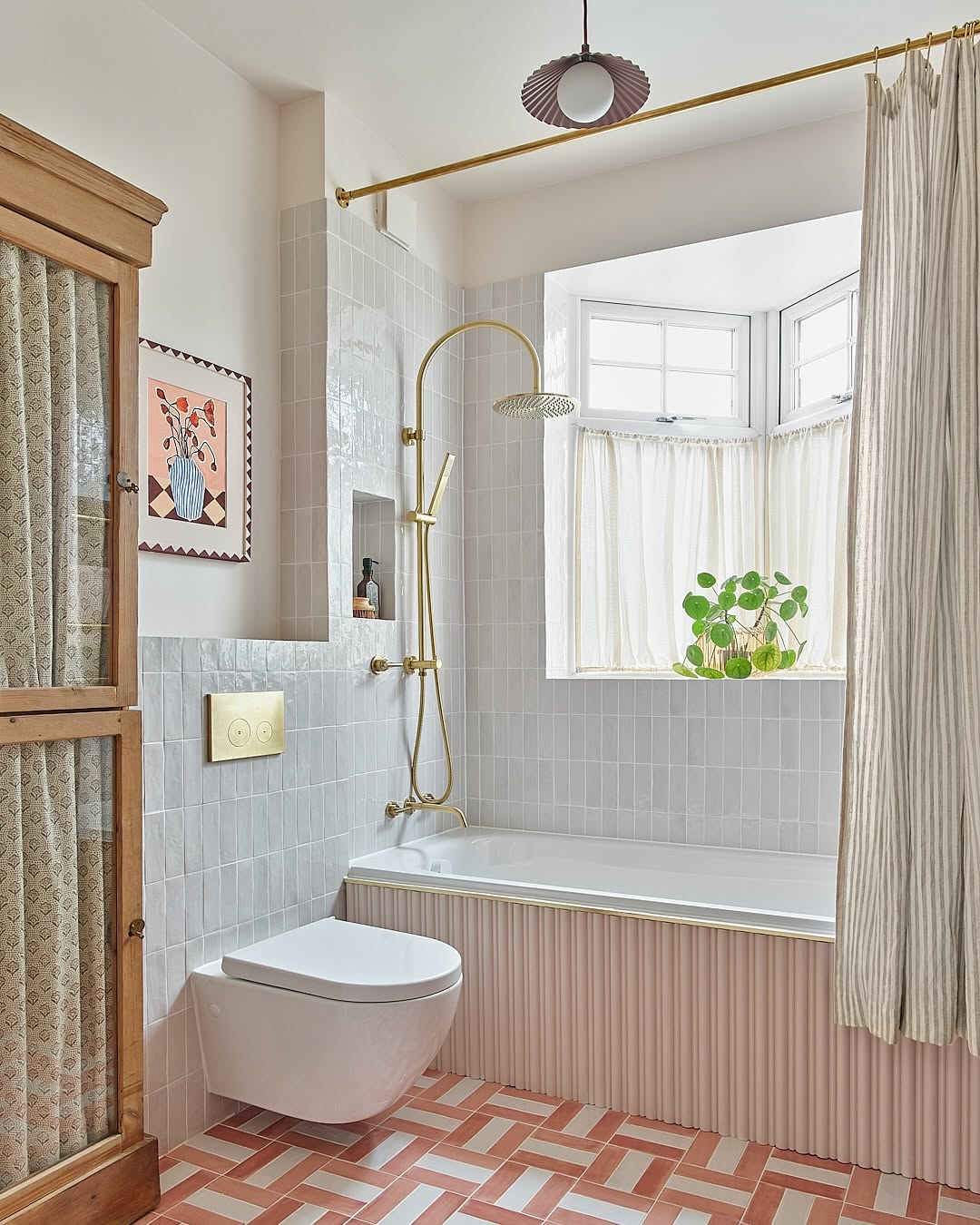
Image by em.gurner
Step 2: Choose the Right Tiles and Finishes
The tiles you pick will make or break the design. Go for slip-resistant flooring to keep it safe and choose wall tiles that are waterproof and easy to clean. Whether you prefer neutral tones on entire floor or bold patterns, make sure everything ties together.
I once made the mistake of choosing glossy tiles for a bathroom floor. Let’s just say I learned the hard way that wet and slippery don’t mix. For wet rooms, textured or matte tiles are a much safer (and smarter) choice.
Step 3: Ensure Proper Sloping for Central Drainage
This step is crucial! Your wet room needs a gentle slope to direct water to the drain. A professional installer can help with this—trust me, this isn’t the time for a DIY experiment.
A poorly sloped floor can lead to puddles (or worse, leaks). Think of it as the backbone of your wet room. Get it right, and everything else will fall into place—literally!
Sarah Gibson, Designer at Room for Tuesday: “For my wet rooms, I chose to use one single hardware line for all of the fixtures… the profiles are the same.”
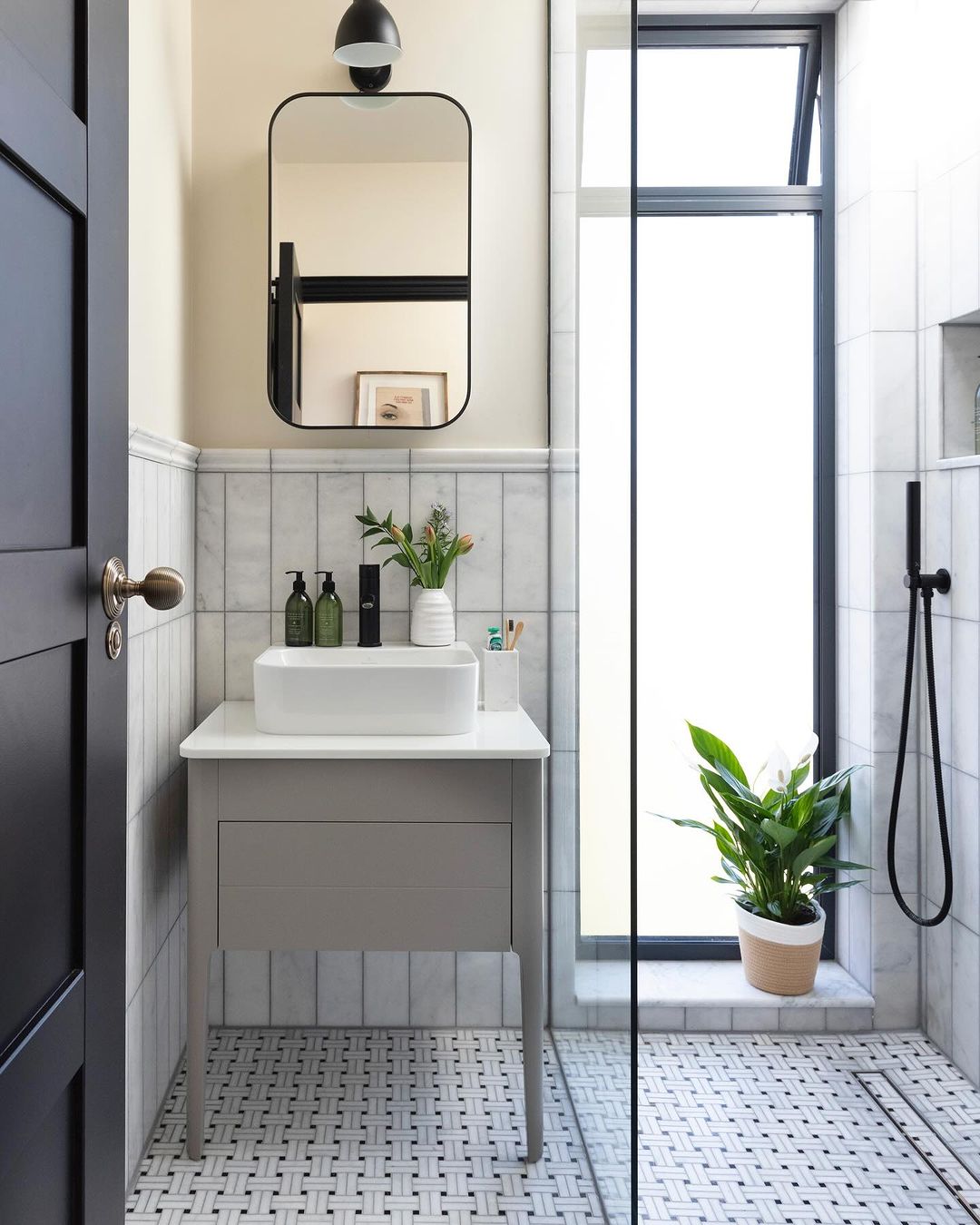
Image by design_at_nineteen
Step 4: Install Adequate Lighting
Lighting sets the mood and keeps the space functional. Use recessed lights for a clean look, and consider adding dimmers for a spa-like vibe. If your wet room has no natural light, go for warm, bright bulbs that mimic daylight.
In my wet room, I added a soft LED strip behind a mirror. It’s perfect for getting ready in the morning without feeling like I’m under a spotlight.
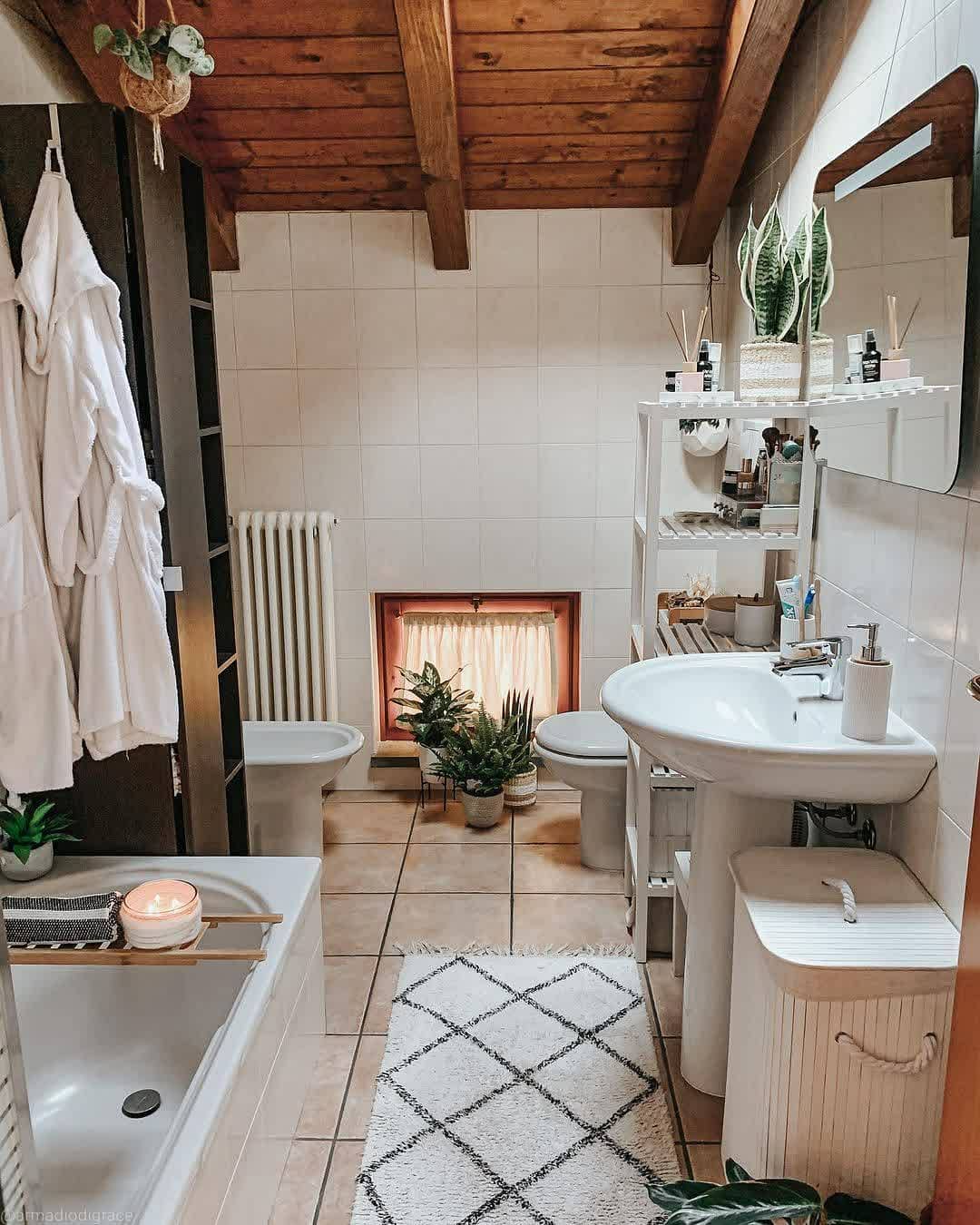
Image by nest_in_order
Step 5: Add the Finishing Touches
Finally, make the space yours. Add sleek fixtures, a stylish towel rack, install water resistant cabinets, or even a glass partition if you want to separate the shower area. Little details like rainfall showerheads or built-in shelving can take your wet room to the next level.
When I finished my first wet room project, I added a touch of greenery with a small, moisture-loving plant. It was a simple addition but made the space feel fresh and inviting.
Designing a wet room might take some effort, but the result is worth it. By following these steps and adding your personal style, you can create a bathroom that’s both functional and beautiful. Why settle for ordinary when you can have something extraordinary?
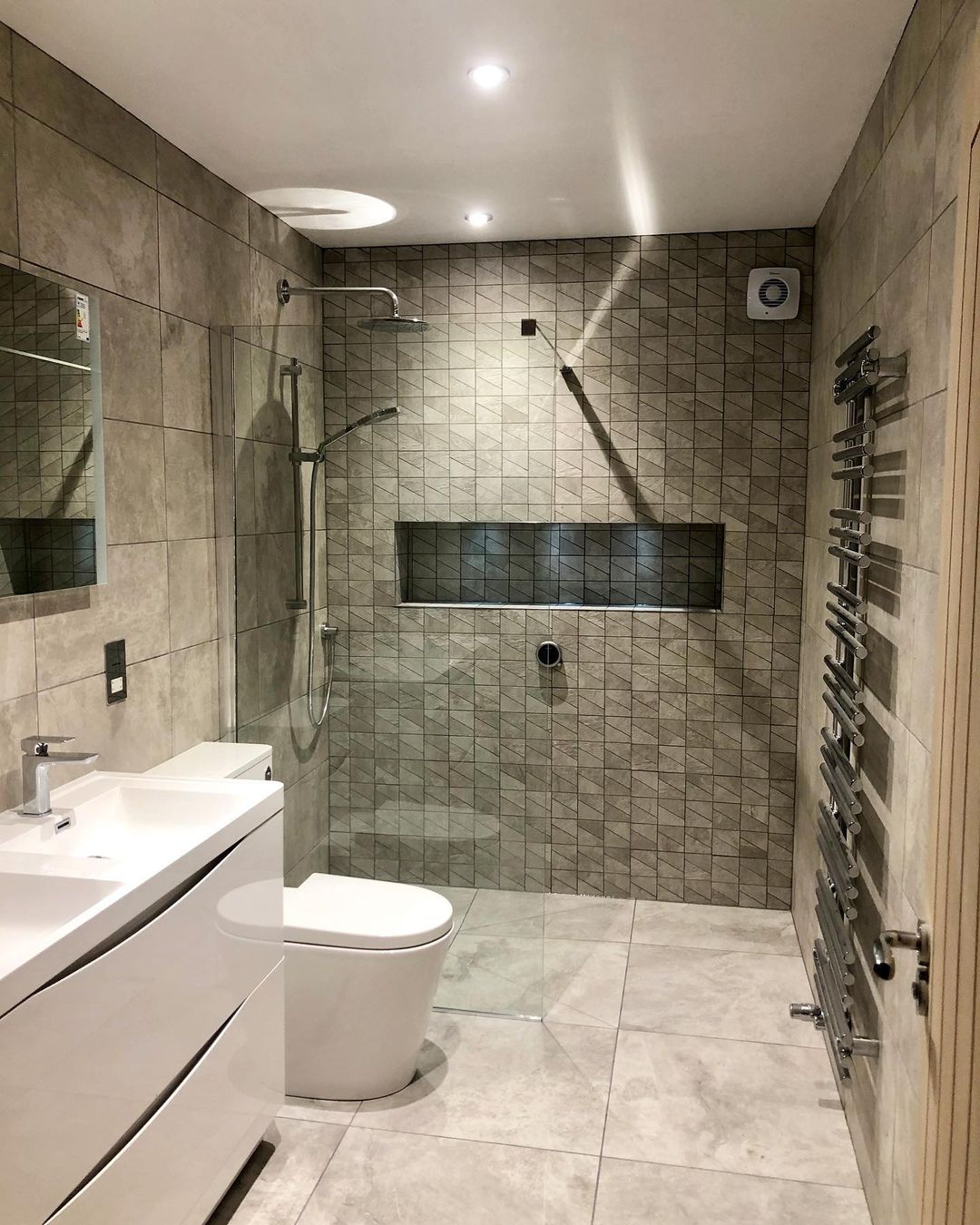
Image by platinuminteriorsltd
Conclusion: Why You Should Consider a Wet Room
A wet room is more than just a stylish bathroom—it’s a smart and versatile choice for any home. It can save space, make your bathroom more functional, and even add a modern touch that boosts your property’s value.
However, designing a wet room takes careful planning. Proper waterproofing, drainage, and layout are key, so it’s worth getting professional help to ensure everything is done right.
If you’ve been thinking about upgrading your bathroom, a wet room might be the perfect option. Start exploring ideas, consult an expert, and bring your dream bathroom to life. It’s a change you won’t regret!
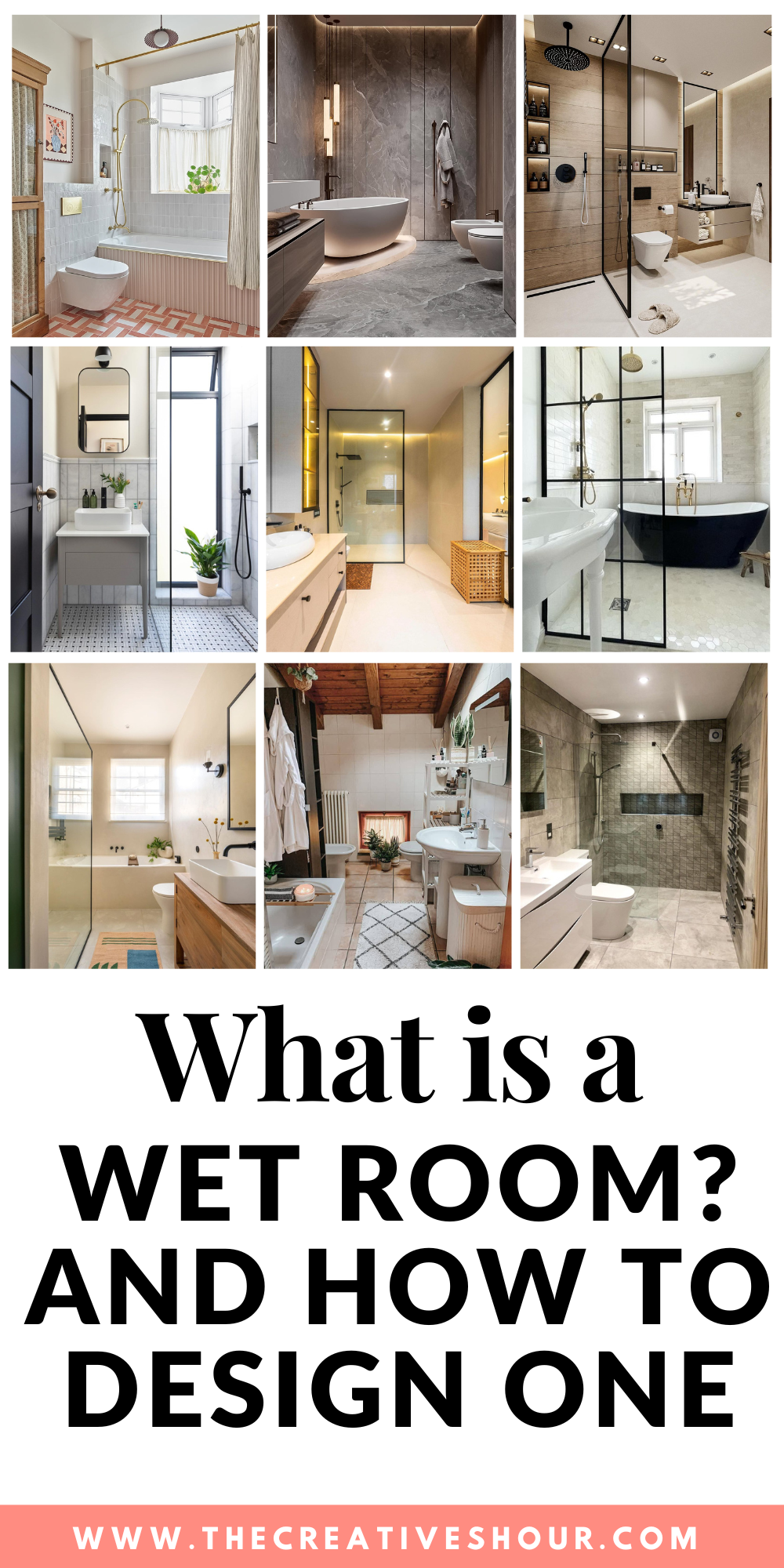
If you love these ideas, don’t forget to pin the above image to your “Home and Garden” board.
